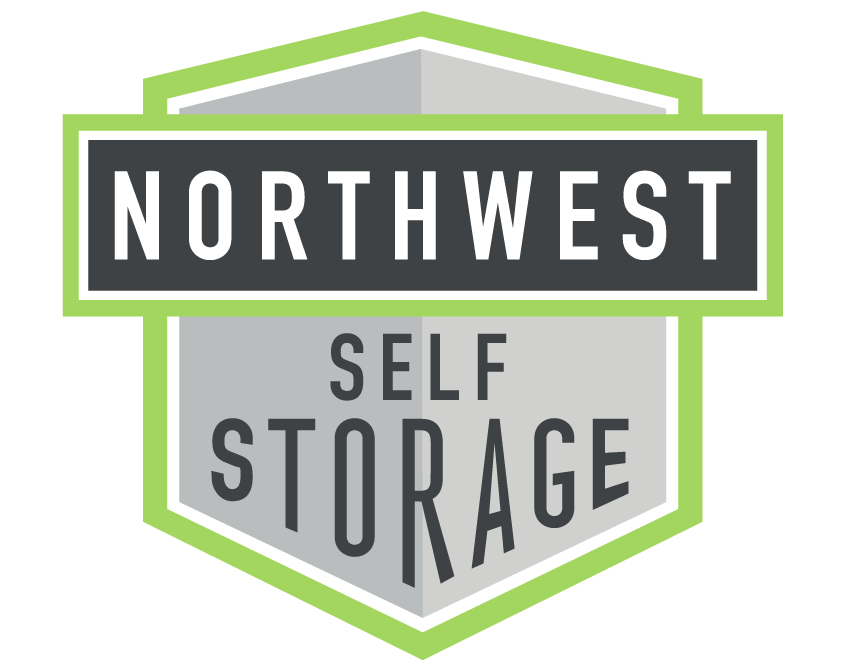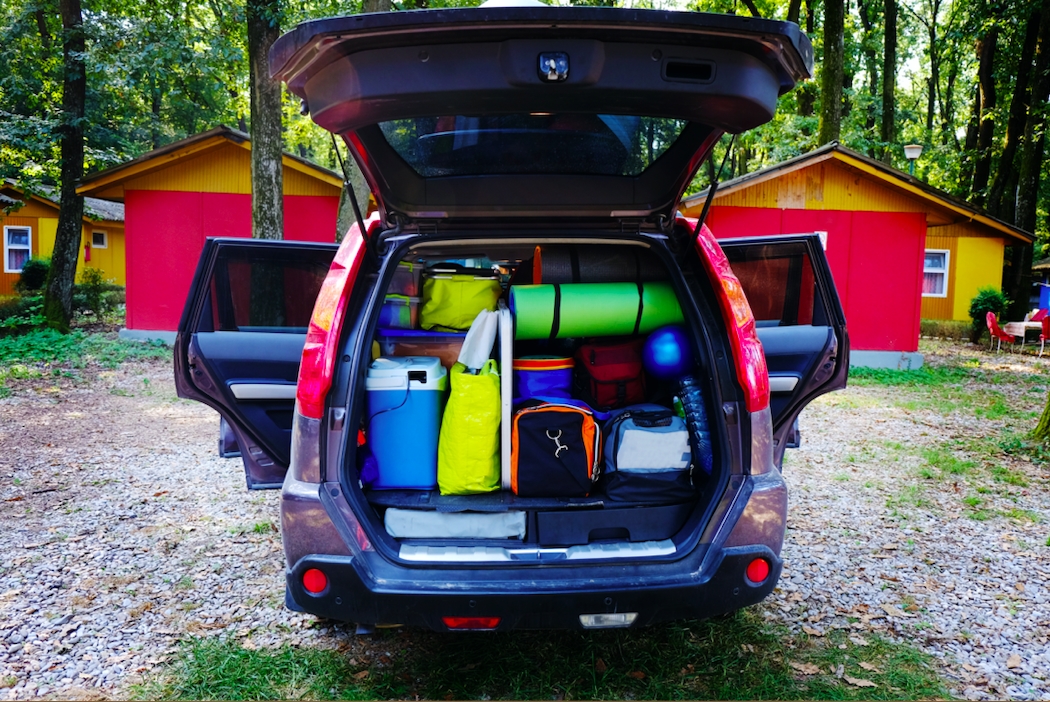Camping is about finding peace in the remote wilderness. It’s about the animalistic freedom of going without a shower for days on end. The taste of smoky campfire goodness that somehow makes an ordinary hot dog feel gourmet. And for the risk-tolerant, it’s the thrill of playing giardia roulette whenever your open mouth comes in contact with a natural body of water.
Unfortunately, this sacred commune with the great outdoors often begins with an anxiety-fueled scramble to pack as quickly as humanly possible so you can beat traffic on your way out of the city. It doesn’t get any better once you arrive to your campsite, either.
Poor packing makes for poor setup, further delaying your ability to become one with nature. It makes cooking a stressful and laborious event. And perhaps worst of all, it makes your return to reality a downright burden. I mean, all you want is a shower and a decent mattress at that point, right?
Coming home from four days without the internet to unpack bags that look like FEMA stood them up in the aftermath of a natural disaster creates a cycle that becomes harder and harder to break. That’s why we’ve assembled these camping hacks and storage tips for your outdoor gear.
Clean camping gear is happy camping gear
The benefits of keeping your camping equipment clean are both tangible and olfactory. Dirty gear is prone to deterioration, and the funky stank of nature is the gift that keeps on giving if you allow it to marinate in storage between uses. It’s tempting to give the tent a lazy shake before rolling it up and stuffing it back in the bag until next time, but taking the time to properly clean your outdoor sleeping quarters will ensure you have a nice place to rest your head for many camping trips to come.
How to clean your tent:
- Use a sponge or a cloth and some mild dish soap to gently spot clean any extra dirty areas.
- Fill a sink or tub with lukewarm water and some tent cleaner, which is specially formulated to protect your gear from sun and weather damage.
- Turn your tent inside out and submerge it in the tub. The instructions listed on the tent cleaner bottle will tell you how long to leave it for.
- Rinse your tent by draining the water and tent cleaner mixture and refilling it with new water until all residue is gone.
- Hang your tent to dry in a shaded area so it is not exposed to UV rays.
How to store your tent:
- Pack your completely dry (this is very important) tent loosely in a large pillowcase or another mesh bag. The stuff sack is ideal for camping trips, but not for long-term storage.
- Evenly distribute the tension of the shock cord by collapsing the poles entirely.
- Store your tent in a cool, dry place. Hot locations like your attic or the trunk of your car will speed up the deterioration process, so opt for your cool garage or a storage unit.
Tent packing pro tip: When packing for a camping adventure, put your tent in last so it is easily accessible upon arriving to the campsite.
How to clean your sleeping bags:
- Remove loose debris from the inside and outside of the bag by giving it a thorough shake.
- Hang your sleeping bags so they can air out. Be sure to do so in a shady spot as UV rays are harmful to the material.
- If you have a front-loading washing machine, you can use it to clean your sleeping bag.
- When using a dryer, you can add terry cloth towels to minimize static electricity, as well as a couple of tennis balls to help fluff the fill.
Sleeping bag storage pro tip: Take your sleeping bag out of its stuff sack every once in a while to shake it out so the insulation remains in good working condition.
A little planning goes a long way
If you camp several times throughout the season, it makes sense to dedicate some space in your garage or storage unit as a one-stop shop for camping equipment. The best way to approach the setup of your very own camping corner is with shelving racks. This will make it easy to organize your gear for quick and easy access.
Clear stackable bins give you optimal visibility of what you’re working with. Ideally, you’ll group items by function to avoid rummaging through storage containers and wondering where the heck you put that one thingamajig.
If you’re really Type A, you can even print and laminate a camping checklist to live next to your storage rack along with a dry erase marker. This will ensure that you do not miss any critical items in the midst of your Friday afternoon packing frenzy.
Tips for storing camping kitchen equipment:
- Rather than scramble to collect whatever utensils and cooking equipment you might need, have a bin filled with camp-only essentials that is ready to go. Mugs, pots, pans, utensils, and dishware are a great place to start—especially if you prefer reusable items to disposables. You should also include some dish rags, hand sanitizer, and paper towels.
- Upon returning from a camping trip, thoroughly wash and dry all of your cooking equipment before storing it in sealed Ziplock bags and placing it back inside your designated kitchen equipment bin.
Food packing pro tips: Use two coolers so you can separate food from beverages and place cooling racks on top of the ice to prevent your food from being submerged in melted ice water.
Bomb breakfast idea: Pre-mix pancake batter and put it inside an old ketchup bottle so you can whip up an easy pancake breakfast with limited prep and cleanup.
A word on safety: Keep your flashlights, headlamps, batteries, sunscreen, bug repellent, and first-aid kit together in one dry, easy-to-access bin. Remove batteries between camping trips to avoid corrosion. Check the expiration dates for your sunscreen and bug spray before you leave to ensure they will be effective when you need them the most. Last but certainly not least, assess your first-aid kit regularly so that it is fully stocked and up to date.
Miscellaneous tips for success
Space is limited when it comes to packing for the seemingly limitless expanse of the great outdoors. When packing for your trip, stop to consider what you will actually need. Chances are high you don’t need nearly as many clothes as you think you do. So long as you have the essentials—ideally some layered, quick-dry performance gear—you’ll be fine. The only things you should pack extra of are socks and underwear (because nothing rains on your camping parade like wet socks and dirty underwear).
General packing tips for clothes:
- Roll your clothing instead of folding it. This will make items easier to locate while saving you a lot of room in your bag.
- Bring a plastic or reusable bag so you can keep your clean clothes separate from your dirty clothes.
- Pack any extra shoes you will need in plastic or reusable bags so the dirt from the bottom doesn’t soil your clean clothing.
Camping hacks:
- Baby wipes are your friend. Remember that whole tidbit about dirty underwear?
- Use a wire clothes hanger to create a hanging paper towel rack.
- Store toilet paper in an old coffee can to avoid getting it wet or dropping it on the ground.
Ready to level up with your camping game? Start with smart storage solutions at one of our many locations across the Pacific Northwest.


1 thought on “Tips for Storing Camping Gear”